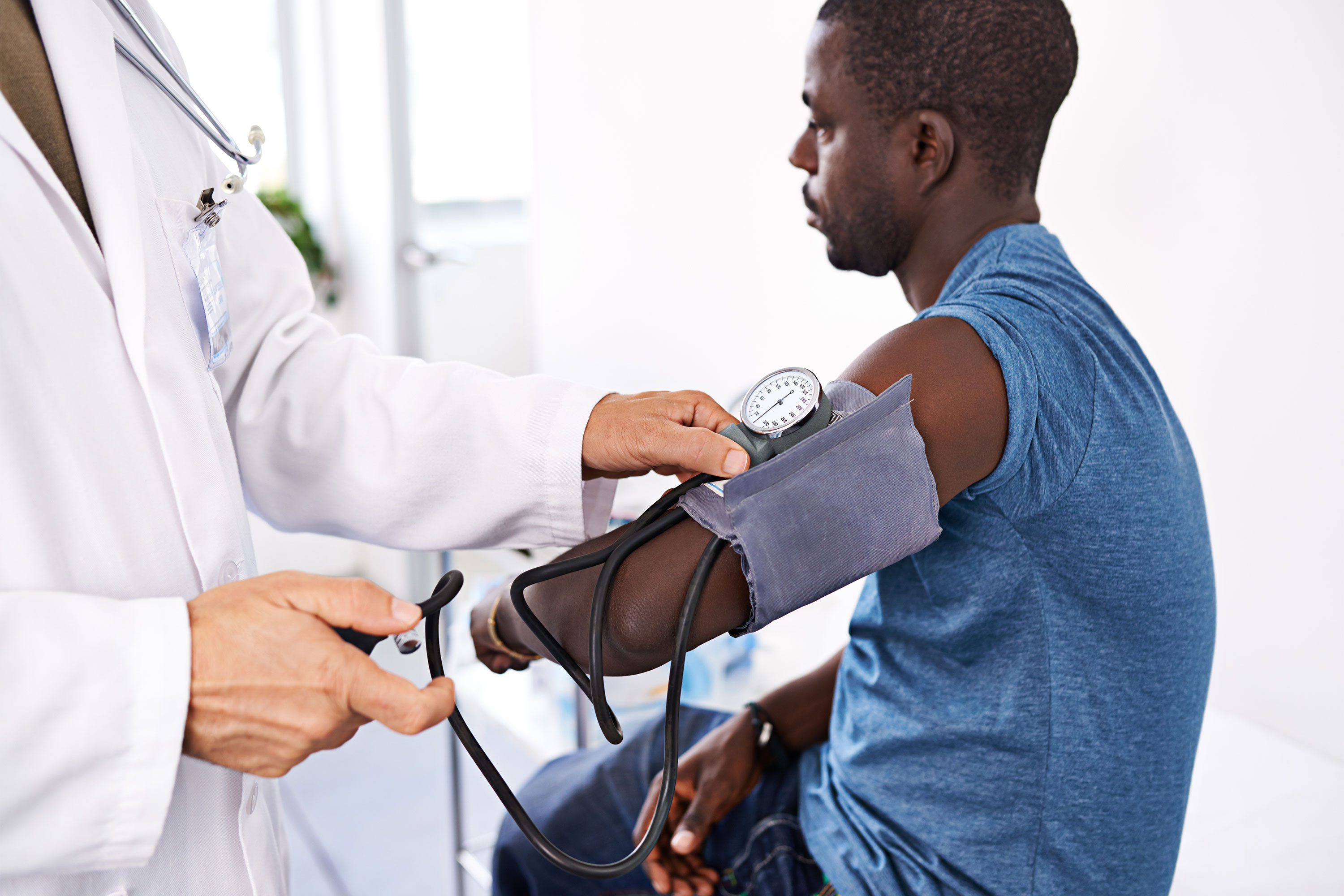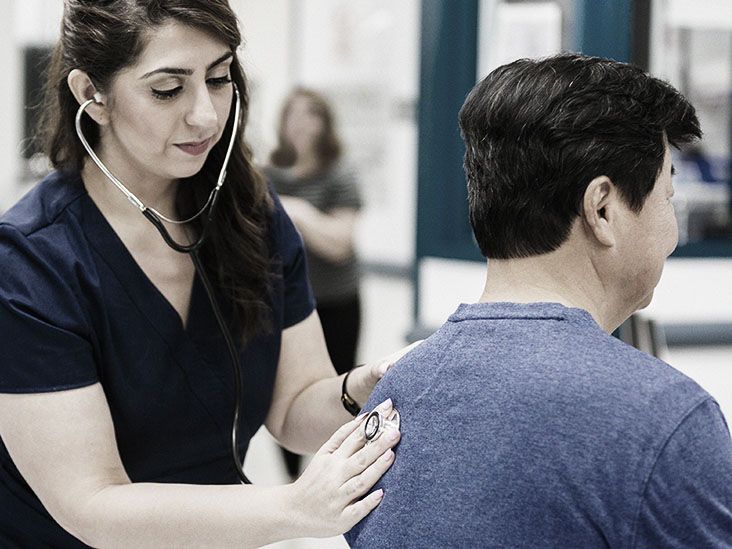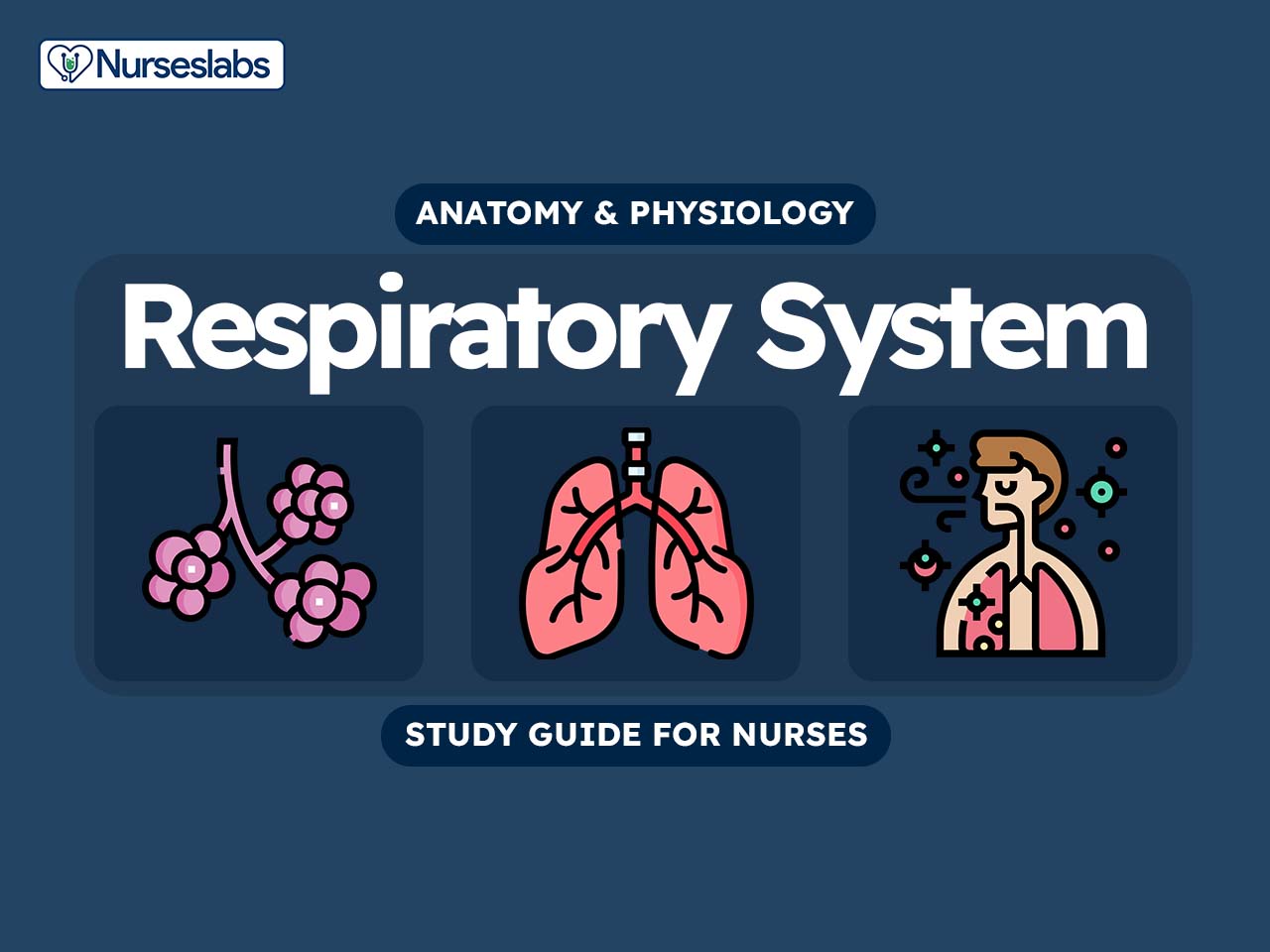Jul 30, 2023[1] The cardiac muscle is responsible for the contractility of the heart and, therefore, the pumping action. The cardiac muscle must contract with enough force and enough blood to supply the metabolic demands of the entire body.
What Is Cardiac Arrest? | Northwestern Medicine
Red blood cells rely on glucose for energy and convert glucose to lactate. The brain uses glucose and ketone bodies for energy. Adipose tissue uses fatty acids and glucose for energy. The liver

Source Image: yogauonline.com
Download Image
Jan 17, 2023Cardiomyocytes contain large numbers of mitochondria, the powerhouse of the cell, enabling continuous aerobic respiration and ATP production required for mechanical muscle contraction. Cardiac muscle tissue has among the highest energy requirements in the human body (along with the brain) and has a high level of mitochondria and a constant

Source Image: healthcentral.com
Download Image
Muscles: Types, composition, development, and more
Jan 30, 2023Following a high carbohydrate meal, the heart can adapt itself to use carbohydrates (primarily glucose) almost exclusively. Lactate can be used in place of glucose, and becomes a very important substrate during exercise. The heart can also metabolize amino acids and ketones instead of fatty acids.

Source Image: medicalnewstoday.com
Download Image
Cardiac Muscle Cells Use Respiration Almost Exclusively.
Jan 30, 2023Following a high carbohydrate meal, the heart can adapt itself to use carbohydrates (primarily glucose) almost exclusively. Lactate can be used in place of glucose, and becomes a very important substrate during exercise. The heart can also metabolize amino acids and ketones instead of fatty acids.
Dec 22, 2023Cardiac muscle cells form a highly branched cellular network in the heart. They are connected end to end by intercalated disks and are organized into layers of myocardial tissue that are wrapped around the chambers of the heart. The contraction of individual cardiac muscle cells produces force and shortening in these bands of muscle, with a resultant decrease in the heart chamber size and the
What is a pulmonologist? Everything you need to know
Cardiac muscle cells branch freely. A junction between two adjoining cells is marked by a critical structure called an intercalated disc, which helps support the synchronized contraction of the muscle ( Figure 19.17 b ). The sarcolemmas from adjacent cells bind together at the intercalated discs.
Women’s Heart Disease Risk Increases with These 8 Factors – SheKnows

Source Image: sheknows.com
Download Image
CH19 THE HEART 9.2-9.3 Diagram | Quizlet
Cardiac muscle cells branch freely. A junction between two adjoining cells is marked by a critical structure called an intercalated disc, which helps support the synchronized contraction of the muscle ( Figure 19.17 b ). The sarcolemmas from adjacent cells bind together at the intercalated discs.

Source Image: quizlet.com
Download Image
What Is Cardiac Arrest? | Northwestern Medicine
Jul 30, 2023[1] The cardiac muscle is responsible for the contractility of the heart and, therefore, the pumping action. The cardiac muscle must contract with enough force and enough blood to supply the metabolic demands of the entire body.

Source Image: nm.org
Download Image
Muscles: Types, composition, development, and more
Jan 17, 2023Cardiomyocytes contain large numbers of mitochondria, the powerhouse of the cell, enabling continuous aerobic respiration and ATP production required for mechanical muscle contraction. Cardiac muscle tissue has among the highest energy requirements in the human body (along with the brain) and has a high level of mitochondria and a constant

Source Image: medicalnewstoday.com
Download Image
Heart failure risk could be reversed with exercise program
Sep 14, 2023Muscle cells, commonly known as myocytes, are the cells that make up muscle tissue. There are 3 types of muscle cells in the human body; cardiac, skeletal, and smooth. Skeletal muscle cells are long, cylindrical, multi-nucleated and striated . Each nucleus regulates the metabolic requirements of the sarcoplasm around it.

Source Image: medicalnewstoday.com
Download Image
ARNI: Who Should Take This Medication, How, Benefits, & Risks
Jan 30, 2023Following a high carbohydrate meal, the heart can adapt itself to use carbohydrates (primarily glucose) almost exclusively. Lactate can be used in place of glucose, and becomes a very important substrate during exercise. The heart can also metabolize amino acids and ketones instead of fatty acids.

Source Image: healthcentral.com
Download Image
Respiratory System Anatomy and Physiology – Nurseslabs
Dec 22, 2023Cardiac muscle cells form a highly branched cellular network in the heart. They are connected end to end by intercalated disks and are organized into layers of myocardial tissue that are wrapped around the chambers of the heart. The contraction of individual cardiac muscle cells produces force and shortening in these bands of muscle, with a resultant decrease in the heart chamber size and the

Source Image: nurseslabs.com
Download Image
CH19 THE HEART 9.2-9.3 Diagram | Quizlet
Respiratory System Anatomy and Physiology – Nurseslabs
Red blood cells rely on glucose for energy and convert glucose to lactate. The brain uses glucose and ketone bodies for energy. Adipose tissue uses fatty acids and glucose for energy. The liver
Muscles: Types, composition, development, and more ARNI: Who Should Take This Medication, How, Benefits, & Risks
Sep 14, 2023Muscle cells, commonly known as myocytes, are the cells that make up muscle tissue. There are 3 types of muscle cells in the human body; cardiac, skeletal, and smooth. Skeletal muscle cells are long, cylindrical, multi-nucleated and striated . Each nucleus regulates the metabolic requirements of the sarcoplasm around it.